When you see "USDA Inspected" on meat, poultry, or egg products, it means these items have been reviewed by the USDA’s Food Safety and Inspection Service (FSIS) to ensure they meet strict safety, quality, and labeling standards. This guarantees the product is safe to eat and properly labeled. Here’s why it matters:
- Consumer Safety: Protects against foodborne illnesses like E. coli and salmonella.
- Quality Assurance: Ensures accurate labeling and humane handling practices.
- Market Access: USDA-inspected products can be sold nationwide and internationally, unlike state-inspected or uninspected meat.
The USDA inspection involves multiple steps, including facility checks, animal health reviews, sanitation inspections, and product testing. Look for the USDA inspection mark and establishment number on packaging to confirm compliance. This label is your assurance of a safe and reliable product.
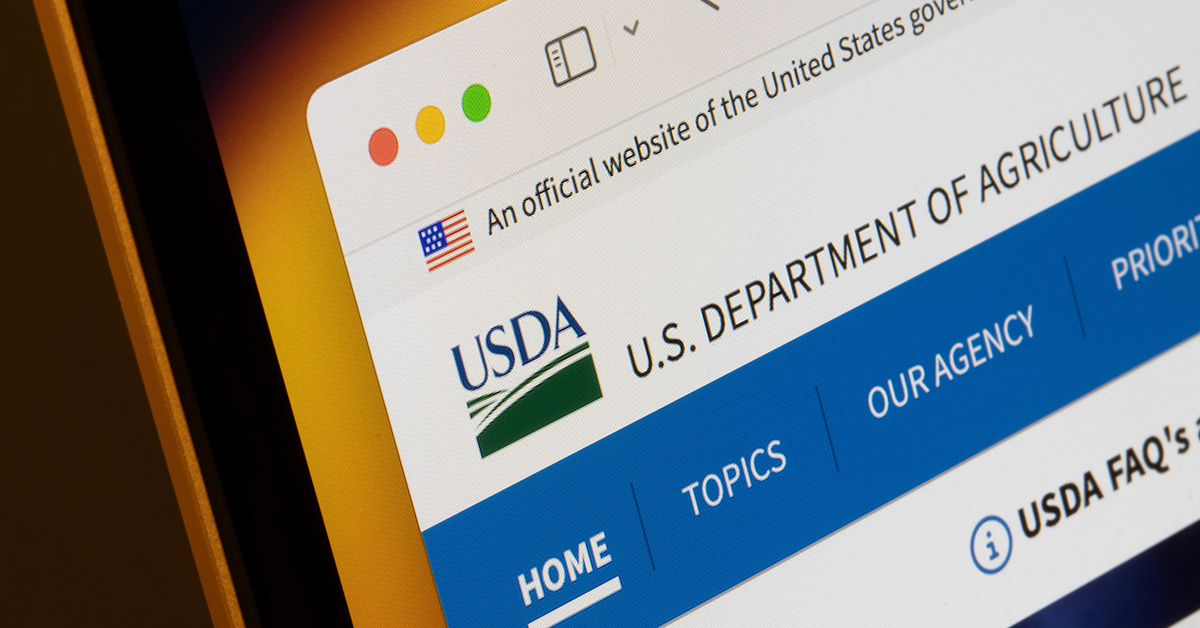
How USDA Meat Inspection Works
Steps in the Inspection Process
The USDA’s meat inspection process is a detailed, multi-step system designed to ensure that meat products are safe for consumption. This process starts even before animals enter the facility and continues through to the packaging stage.
- Facility and Equipment Approval:
Inspectors review plant designs to confirm they meet safety and sanitation standards. - Daily Sanitation Inspections:
Each day, inspectors conduct pre-operational checks to verify cleanliness. If unsanitary conditions are found, operations are halted until resolved. - Antemortem Inspection:
Animals are checked before slaughter to confirm they are free of disease. Regulations strictly forbid the processing of dead or dying animals. - Postmortem Inspection:
After slaughter, carcasses and organs are examined for signs of disease or contamination. - Cooling and Temperature Control:
Carcasses are rapidly cooled to approximately 40°F to prevent bacterial growth. - Laboratory Testing:
Inspectors test tissue samples to check for the presence of prohibited residues. - Label and Recipe Review:
Product labels and processing methods are reviewed to ensure accurate representation and safety standards are met.

Products that pass inspection are marked with an official USDA label. This seal includes plant information, product weight, and safe handling instructions.
While these steps are consistent across inspections, the regulatory approach differs depending on whether the inspection is federal or state-level.
Federal vs. State Inspection
Although federal and state inspections share the same goal – ensuring meat is safe to eat – they differ in scope and oversight.
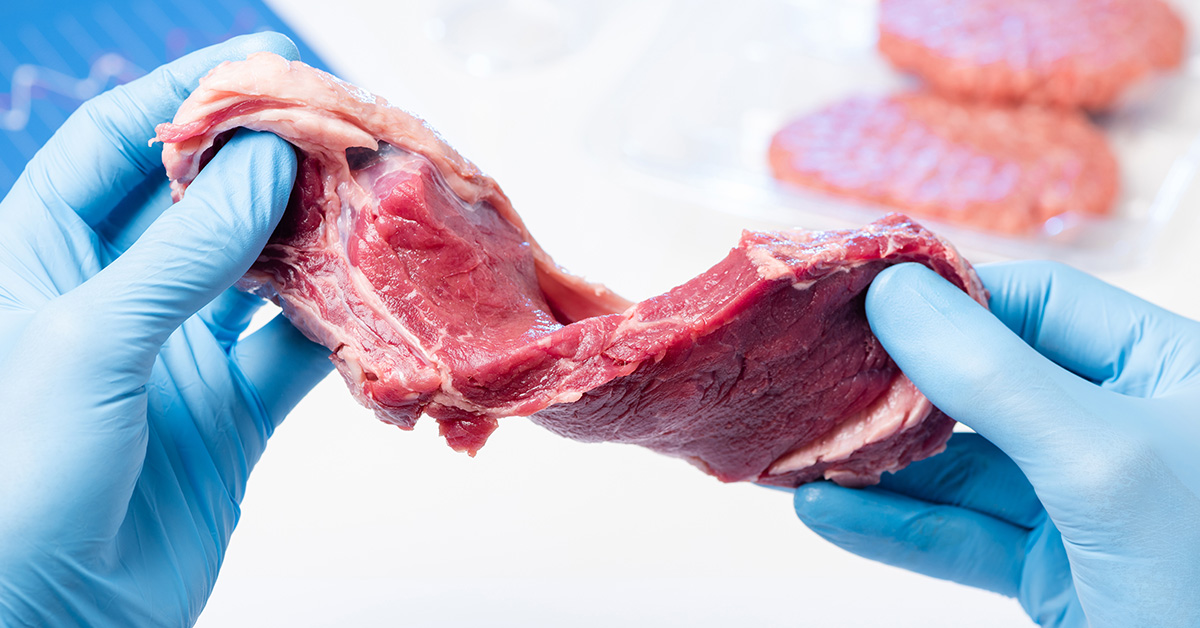
- Standards and Oversight:
Both federal and state programs follow strict safety guidelines. State inspection programs must meet standards that are "at least equal to" those of federal inspections. - Market Reach:
Meat from federally inspected plants can be sold across state lines and internationally. State-inspected meat, however, is typically restricted to sales within the state where it was processed. - Program Administration:
State inspection programs operate under cooperative agreements with the USDA’s Food Safety and Inspection Service (FSIS). These agreements include annual reviews to ensure compliance. Currently, the federal government allocates around $50 million annually to support 29 state-run inspection programs, which oversee roughly 1,450 establishments.
| Feature | Federal Inspection | State Inspection |
|---|---|---|
| Administered by | USDA FSIS | State Department of Agriculture |
| Sales Territory | Interstate and International | Intrastate (generally) |
| Inspection Standards | Comprehensive | "At least equal to" federal standards |
| Number of Facilities | 7,100 establishments | 1,450 establishments |
| Cooperative Agreements | N/A | Yes, with FSIS |
- Special Programs:
Some states participate in the Cooperative Interstate Shipment (CIS) program. This allows select state-inspected meat to be sold across state lines while maintaining federal safety standards.

Both federal and state inspection systems enforce strict safety measures, including Hazard Analysis and Critical Control Points (HACCP) plans, Standard Sanitary Operating Procedures (SSOPs), and daily inspections. These protocols, combined with thorough antemortem and postmortem examinations, ensure the safety and quality of meat products.
What Does USDA Inspection Mean in Beef Processing?
USDA Standards and Requirements
The USDA’s meat inspection system operates under strict legal guidelines designed to ensure the safety and quality of meat products for consumers.
Key Regulations: FMIA, HACCP, and SSOPs
Three major regulatory frameworks form the backbone of USDA meat inspection standards. The Federal Meat Inspection Act (FMIA) is the cornerstone, requiring all commercially sold meat to be inspected and approved as safe, properly labeled, and fit for consumption. This act grants the USDA’s Food Safety and Inspection Service (FSIS) the authority to oversee the safety and labeling of meat and poultry products sold in the U.S..
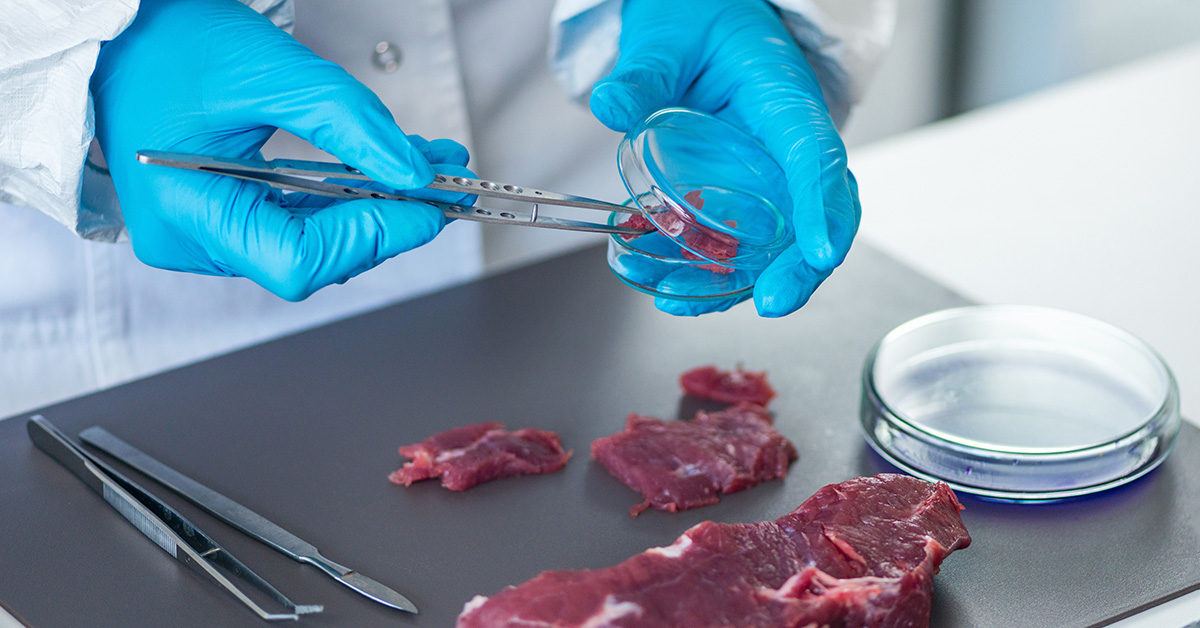
Meat processing plants must adhere to FSIS regulations, which also include the Poultry Products Inspection Act (PPIA) and the Humane Methods of Slaughter Act (HMSA). Together, these laws aim to protect consumers and ensure humane treatment of animals.
Hazard Analysis and Critical Control Points (HACCP) introduces a science-based approach to meat safety. Each federally inspected plant is required to implement a written HACCP plan that identifies Critical Control Points (CCPs) within their processes. For every CCP, facilities must outline critical limits, monitoring procedures, corrective actions, verification steps, and record-keeping protocols.
To comply, facilities must validate their HACCP systems with documented evidence, including data collected on-site, to demonstrate that their processes are effective. Validation must encompass prerequisite programs, CCP limits, and operational parameters critical to food safety, such as sanitation practices.
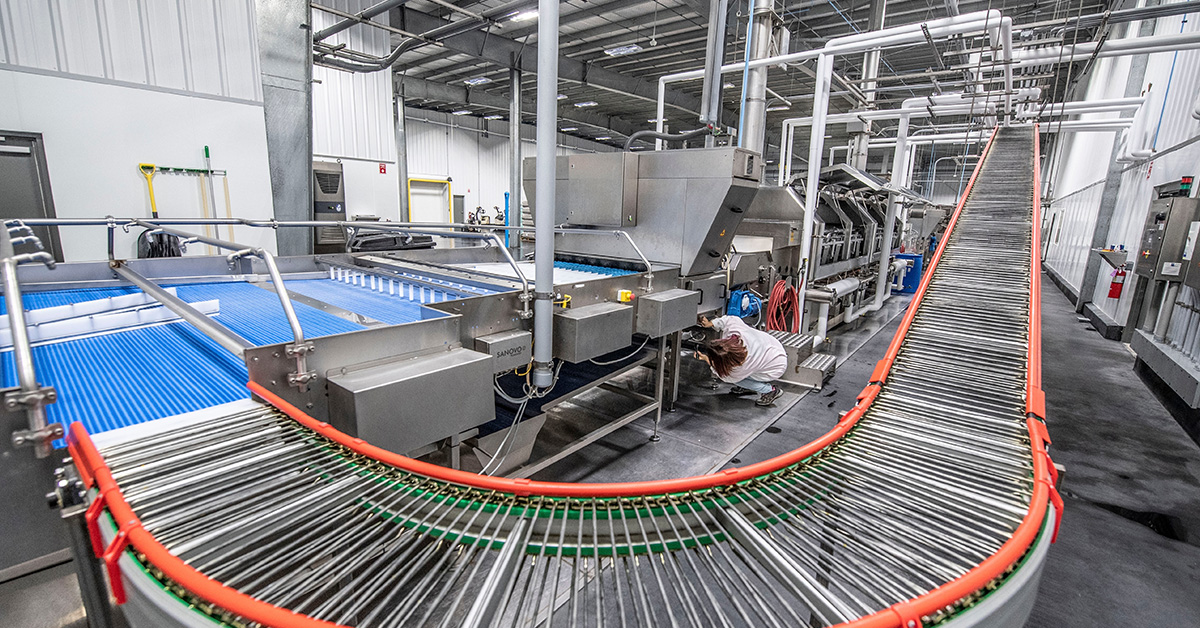
Sanitation Standard Operating Procedures (SSOPs) round out the regulatory framework. On October 20, 1999, the FSIS introduced sanitation performance standards applicable to all official meat and poultry establishments. FSIS described their approach as follows:
"Performance standards set forth requirements in terms of an objective to be achieved, but do not prescribe the means to achieve that objective."
This approach allows facilities to create and implement sanitation procedures tailored to their specific operations, as long as they meet the required performance standards. Additionally, since 2020, all federally inspected plants are required to have a recall plan in place.
Together, these regulations create a robust system designed to ensure food safety and proactive compliance.
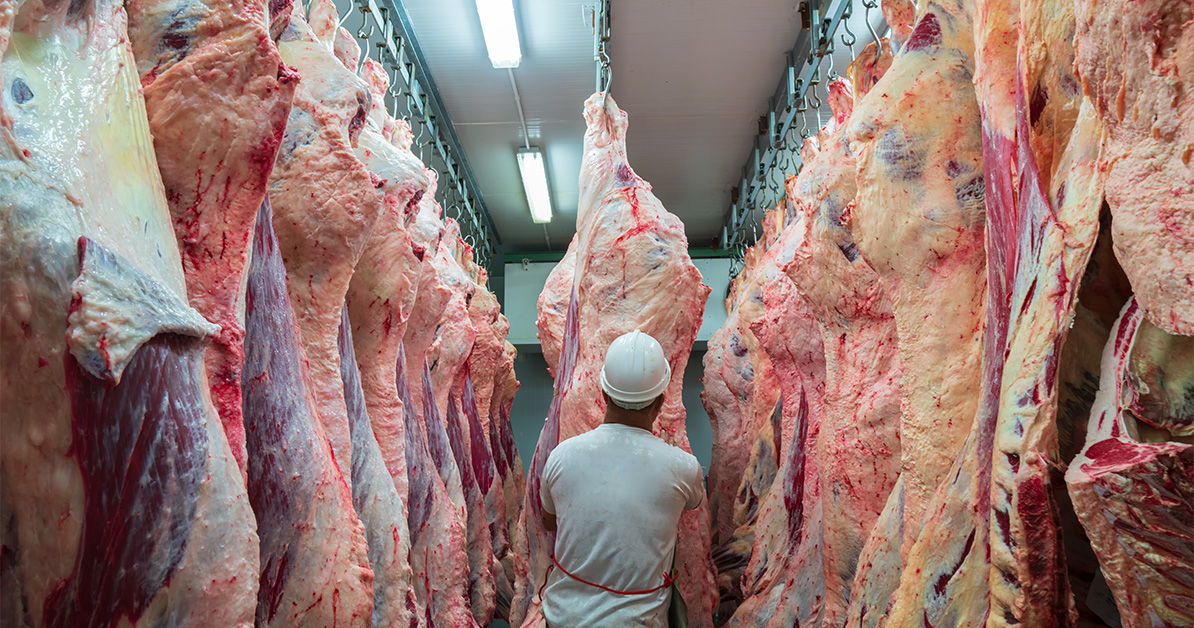
How USDA Standards Are Enforced
The USDA’s enforcement efforts go beyond routine inspections. The FSIS is tasked with enforcing food safety regulations in domestic meat, poultry, and egg product processing facilities. This includes taking action against establishments that violate the Humane Methods of Slaughter Act. To promote transparency, FSIS publishes quarterly reports and lists repeat violators of residue standards.
When a facility fails to meet USDA standards, the consequences are swift and serious. A HACCP system may be deemed inadequate if the plan fails to meet the operational requirements outlined in Part 417 of CFR 9, if personnel fail to perform assigned tasks, if corrective actions are not taken, if records are incomplete, or if adulterated products are produced or shipped. Products that fail to meet HACCP standards are considered adulterated and cannot be sold.
Recognizing that every processing environment is unique, FSIS allows for flexibility in developing methods to ensure sanitary conditions and prevent product adulteration. This adaptability enables facilities to craft customized approaches while maintaining rigorous safety standards.
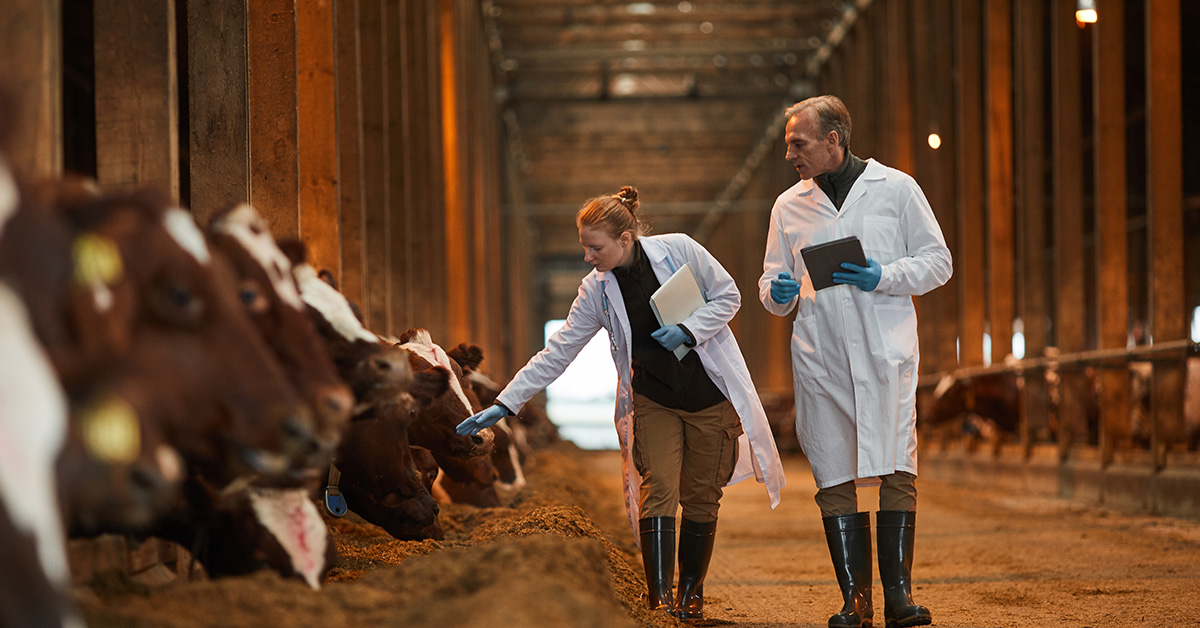
FSIS also supports small businesses by offering resources to help them navigate compliance challenges and appeal decisions when needed. This balanced approach ensures that facilities can meet regulatory requirements while maintaining consumer trust in USDA-inspected products.
These stringent standards and enforcement measures form the foundation of the confidence consumers have in the safety and quality of USDA-inspected meat products.
What the USDA Inspected Label Tells You
The USDA inspection label is more than just a stamp – it’s a guarantee of safety and quality, providing essential details about the product. Let’s break down what the label communicates and how it protects you as a consumer.
What the Label Shows
The USDA label, which states "U.S. Inspected and Passed by Department of Agriculture" alongside a unique facility number, confirms that the meat has undergone thorough safety and quality checks. Beyond this stamp, USDA labels must also include:
- The product name
- A full list of ingredients
- The name and location of the manufacturer, packer, or distributor
- An accurate net weight statement
- The official inspection legend

These details ensure you have the information needed to make informed choices when buying meat.
USDA inspectors play a critical role in ensuring that meat is safe and suitable for consumption. In addition to the mandatory inspection mark, you might notice voluntary grading labels like "USDA Prime", "USDA Choice", or "USDA Select", which indicate quality levels. There’s also the USDA Organic label for livestock raised under strict organic standards. Other claims, such as "Grass-Fed" or "No Hormones Added", are verified by the USDA to ensure accuracy.
Consumer Protection and Confidence
The USDA label does more than provide product details – it’s a symbol of trust. This stamp confirms that the product is wholesome and accurately labeled, ensuring transparency and helping to prevent misleading claims. Every label claim, from how the animals were raised to what they were fed, is verified by the USDA, giving consumers confidence in what they’re purchasing.
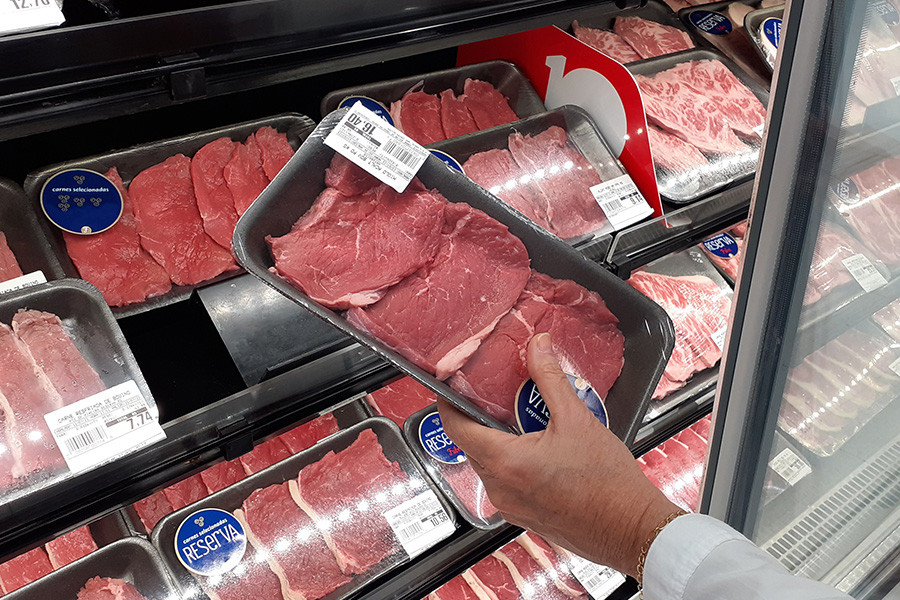
You’ll find the USDA mark displayed differently depending on the product. For pre-packaged processed meats, it’s printed on the packaging. For fresh meat, it’s stamped on major cuts of the carcass. Before any product hits store shelves, the USDA’s Food Safety and Inspection Service (FSIS) reviews and pre-approves all labels to ensure compliance with federal standards.
USDA-Inspected vs. State-Inspected vs. Uninspected Meat
Understanding the differences between inspection types can help you make better decisions at the store. Here’s a comparison:
| Feature | USDA-Inspected | State-Inspected | Uninspected (Custom Exempt) | Home Processing |
|---|---|---|---|---|
| Inspection Frequency | Daily, mandatory | Regular, meets federal equivalency | Limited, no daily checks | None |
| Sale Restrictions | Nationwide, online, interstate | Intrastate only | Only to animal owner | Personal use only |
| Safety Standards | Federal standards | State-level, federally equivalent | Minimal oversight | None |
| Required Labeling | "USDA Inspected and Passed" | State inspection legend | "Not for Sale" | None required |
USDA-inspected products undergo daily inspections and can be sold across state lines, online, or via mail order. State-inspected meat must meet standards considered equivalent to federal requirements but can only be sold within the state of processing.
Custom-exempt facilities, which are not subject to daily inspections, can only sell meat to the animal’s owner, and products must carry a "Not for Sale" label. Home processing is entirely unregulated and intended for personal use only.
The establishment number on USDA-inspected products is another layer of protection, allowing you to trace the processing facility where the meat was handled. This traceability is essential for addressing safety concerns quickly and effectively, ensuring you’re well-informed when selecting meat products.
sbb-itb-5ae85c5
How to Find USDA-Inspected Meat Products
To ensure the meat you purchase meets federal safety standards, look for specific USDA inspection markings on the packaging.

Identifying USDA Inspection Labels
The most reliable way to confirm a product has been inspected is by locating the official USDA inspection legend. This round stamp, typically found on the principal display panel, reads "U.S. Inspected and Passed by Department of Agriculture" and guarantees that the product complies with federal safety regulations.
Near this stamp, you’ll also find the establishment number, a unique identifier that traces the product back to the processing facility. These numbers vary based on the type of product:
- Meat products: Marked with "EST." followed by numbers
- Poultry products: Marked with "P-" followed by numbers
- Egg products: Marked with "Plant" or "G" followed by numbers
- Exotic animals (voluntary inspection): Marked with "EST." followed by numbers
For fresh cuts of meat, the USDA mark is often ink-stamped directly onto large portions of the carcass. For packaged items, the mark is printed on the label. The Food Safety and Inspection Service (FSIS) oversees these labeling requirements for all meat and poultry products sold across state lines.
Tips for Checking Meat Products
When shopping, start by inspecting the principal display panel for the USDA inspection legend and the establishment number. These should be clearly visible. If you see claims like "Grass-Fed" or "No Hormones Added" alongside a USDA label, those claims have been verified.

Here are a few additional tips:
- Shop from trusted retailers: Choose stores that clearly display USDA inspection details. For online purchases, look for sellers who include USDA markings in product descriptions and images.
- Ask questions: For local purchases, ask your butcher or retailer about their sourcing and inspection processes.
- State-inspected meat: Be cautious when buying meat that’s state-inspected, as it cannot be sold across state lines unless the state participates in the Cooperative Interstate Shipment program.
- Verify safety: Cross-check establishment numbers with FSIS recall notices to ensure the product hasn’t been flagged for safety concerns.
"FSIS protects the public’s health by ensuring that meat, poultry and egg products are safe, wholesome and properly labeled."
– Food Safety and Inspection Service
For added peace of mind, inquire about inspection practices at local meat processors. For example, Wild Country Meats ensures every product is USDA-inspected, with full traceability – each animal is tagged, photographed, and inventoried throughout the process.
USDA Inspection at Wild Country Meats
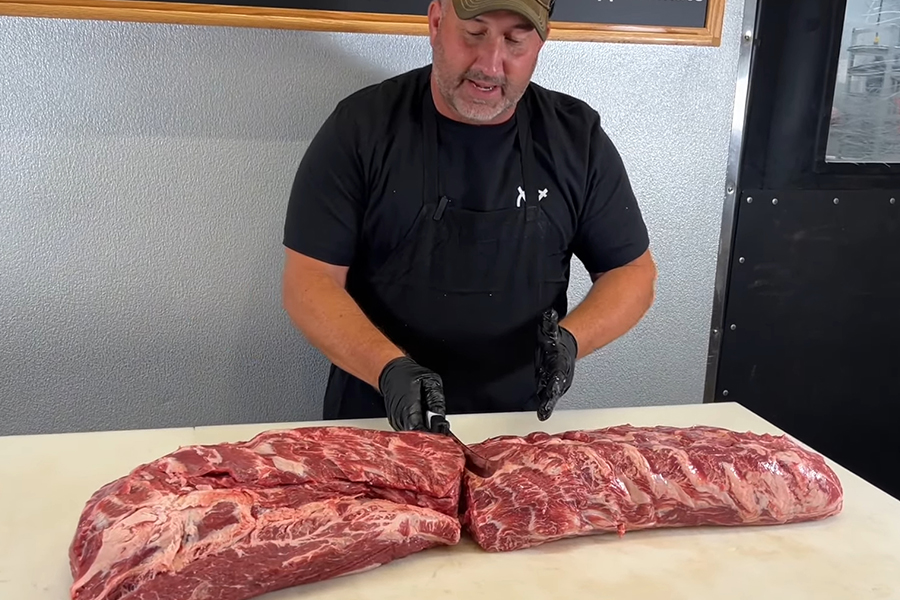
Wild Country Meats operates under USDA inspection, identified by establishment number M2565, which was issued on May 16, 2025, by the Food Safety and Inspection Service. The facility, located at 801 East 1st Street in Hominy, Oklahoma, is categorized as a "Very Small" establishment, focusing on meat processing and slaughter activities. Alongside strict USDA oversight, the company enforces its own high processing standards to ensure quality and safety.
USDA Processing at Wild Country Meats
Wild Country Meats processes USDA-inspected beef at a rate of $1.09 per pound (based on carcass weight). The facility employs a meticulous tag system that tracks each animal from the holding pens to the freezer. This system processes one side of beef at a time and grinds meat individually, minimizing any risk of cross-contamination. Carcasses are then sent to a dry aging facility, where they are aged for at least 21 days to ensure the beef meets grade choice or higher.
"That’s why we have a verifiable and transparent process to make sure that the animal you bring in is the meat you take home."
Extra Steps for Customer Assurance
Wild Country Meats goes beyond USDA requirements, adding extra measures to give customers even greater confidence in their products. Since 1998, the company has implemented a detailed tracking system that includes tagging, photographing, and inventorying each animal throughout the processing cycle. Customers receive a comprehensive, itemized inventory report when they pick up or receive their meat. Additionally, vacuum-sealed packages that lose their seal can be resealed at no extra cost.
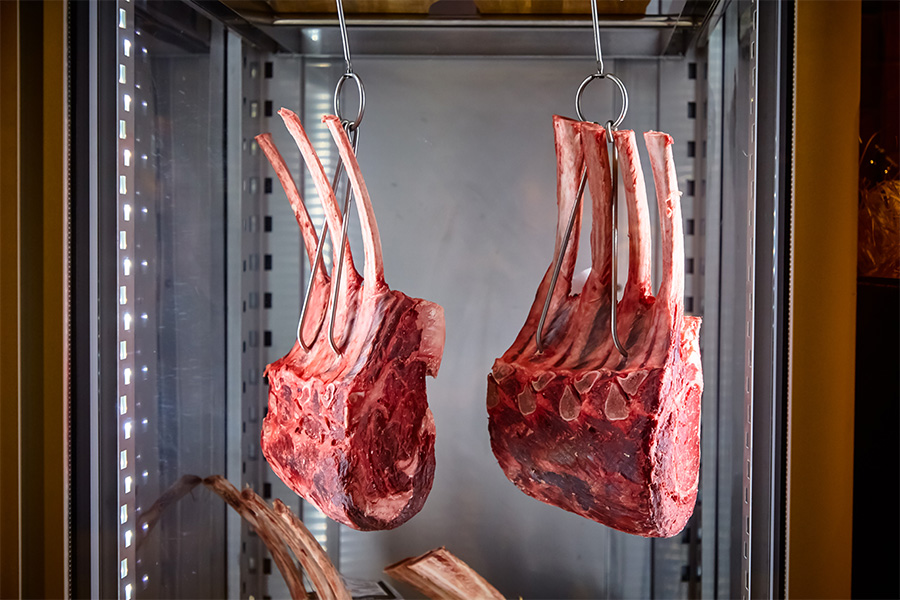
Founder Chris Gabriel emphasizes their commitment to exceeding expectations:
"We don’t seek to satisfy our customers. We seek to amaze them."
This dedication has earned Wild Country Meats a 4.6 out of 5 customer rating. Customers frequently praise the high-quality meat, exceptional service, and the facility’s cleanliness. Many loyal patrons claim they won’t buy meat anywhere else, citing the consistent excellence and friendly staff as key reasons for their loyalty.
Why USDA Inspection Matters for You
USDA inspection plays a crucial role in helping you select safe, high-quality meat for your family. This federal oversight is designed to protect consumers from foodborne illnesses while maintaining consistent quality standards across the meat industry.
Main Benefits of USDA Inspection
USDA inspection ensures a thorough evaluation of every step in the meat production process. This includes examining live animals, carcasses, internal organs, facilities, equipment, personnel, and transportation systems – all to meet federal safety and quality standards. This meticulous approach gives you the confidence to make informed and safe purchasing decisions.

The health benefits are undeniable. According to the Centers for Disease Control and Prevention (CDC), foodborne bacteria affect roughly 48 million Americans annually, leading to about 128,000 hospitalizations and 3,000 deaths. USDA inspection plays a critical role in reducing these risks by conducting rigorous testing. For example, in 2025 alone, the USDA tested over 23,000 samples for Listeria, among other pathogens.
In recent years, the USDA’s Food Safety and Inspection Service (FSIS) has ramped up its efforts to protect consumers. In 2025, FSIS completed 440 Food Safety Assessments – a 52% increase from previous years – and took 103 enforcement actions, marking a 36% rise compared to the prior year.
Consumer confidence is another key benefit. Knowing that federal inspectors have evaluated your meat according to regulations established over a century ago can provide peace of mind. The Federal Meat Inspection Act mandates that all commercially sold meat is inspected, ensuring it is safe, wholesome, and properly labeled. Additionally, USDA-inspected meat can be sold across state lines, giving you access to products from facilities nationwide that adhere to these federal standards.
These federal safeguards are further supported by trusted local processors, who add their own layer of commitment to safety and quality.
Wild Country Meats: A Trusted Local Partner
While federal oversight ensures compliance with strict safety standards, local processors like Wild Country Meats go the extra mile to meet the unique needs of their communities. By combining USDA inspection with their own expertise and practices, they ensure every product meets the highest standards of safety and quality.

This partnership between federal regulation and local dedication creates an ideal situation for consumers. You get the assurance of USDA-inspected products while supporting a local business that prioritizes customer satisfaction and community needs.
"President Trump is committed to ensuring American consumers have the safest, most abundant, and affordable food supply in the world. When it comes to food safety, USDA is charting a bold new course in giving consumers confidence their meat, poultry, and egg products meet our best-in-class food safety standards." – Secretary Rollins
Choosing USDA-inspected products, especially from trusted local processors like Wild Country Meats, ensures your family enjoys safe, high-quality meat. It’s the perfect combination of federal safety standards and local dedication to excellence.
FAQs
What’s the difference between USDA-inspected and state-inspected meat?
When it comes to meat inspections, there are two key categories: USDA-inspected meat and state-inspected meat. USDA-inspected meat is regulated under federal guidelines, which means it can be sold across state lines. This ensures consistent safety and quality checks no matter where the meat is distributed in the country.
State-inspected meat, on the other hand, is overseen by state-level programs and is restricted to being sold only within the state where it was processed. While both systems enforce strict safety standards, USDA inspection provides the added benefit of nationwide distribution, making it a better fit for larger operations.
When you’re shopping, keep an eye out for the USDA inspection seal – it’s your assurance that the product meets federal safety and quality standards.
What does USDA inspection mean, and how does it ensure meat is safe and high-quality?
The USDA inspection process plays a crucial role in ensuring the safety and quality of meat products. Inspectors carefully examine live animals, carcasses, and internal organs to confirm they meet strict health and cleanliness requirements. Beyond that, they also assess processing facilities, equipment, and employee practices to minimize contamination risks and verify proper handling procedures.
Thanks to this thorough system, you can trust that the meat reaching your table is safe, properly labeled, and meets high standards for wholesomeness, safeguarding both your health and peace of mind.
Why should I check for the USDA inspection label when buying meat?
When you see the USDA inspection label on meat, it guarantees that the product has undergone thorough checks for safety, quality, and accurate labeling. This label signifies that the meat meets stringent federal guidelines, ensuring it is safe for consumption and handled correctly.
Opting for USDA-inspected meat allows you to shop with confidence, knowing you’re selecting a product that aligns with food safety requirements and high-quality standards. Always check for the official USDA mark to make informed, safe choices for yourself and your family.

